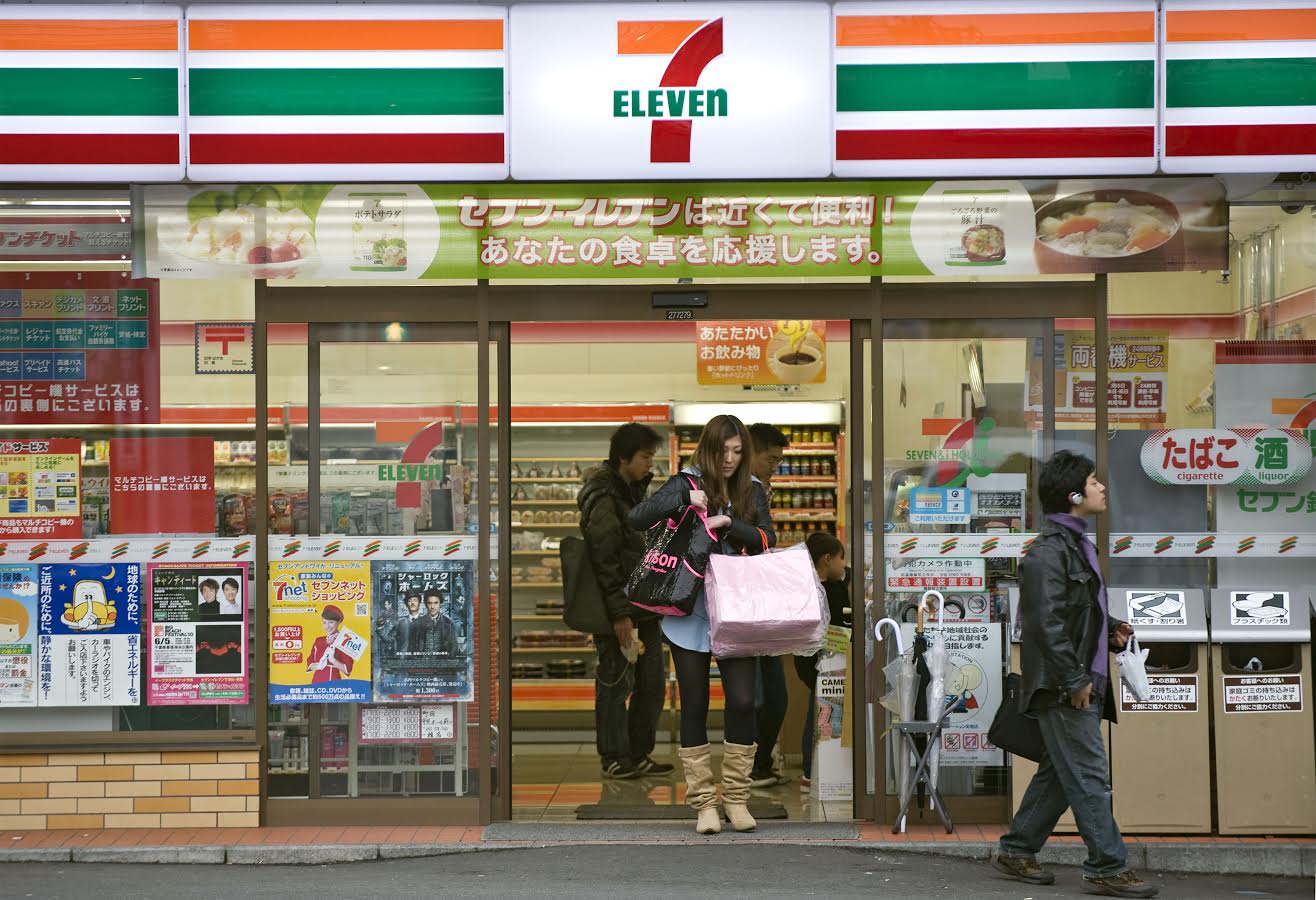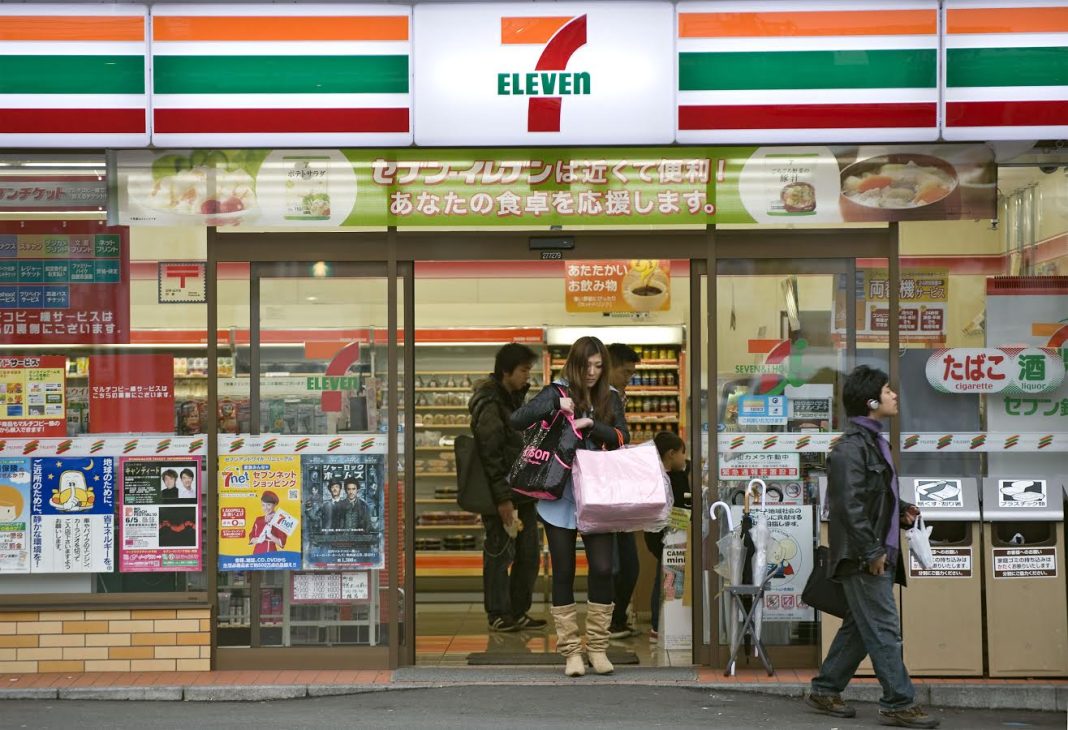 The Changing Landscape of British High Streets: A Shift in Stores and Public Sentiment
The Changing Landscape of British High Streets: A Shift in Stores and Public Sentiment
Introduction:
A recent countywide poll conducted in the UK has revealed that Britons have concerns about the mix of stores on their local high streets. Research conducted by policy research agency Public First has shown that the British high street has undergone a dramatic transformation, with beauty salons and unlicensed cafes replacing banks and clothing shops. This article will explore the changes observed on high streets from 2010 to 2023, analyzing the reasons behind these shifts and examining the impact on public sentiment.
The Rise of Hairdressers and Nail Bars:
According to Public First’s research, the number of hairdressers and nail bars on high streets has more than doubled since 2010. In fact, nearly 2.5 new hairdressers or beauty salons have opened every day over the past 13 years. This surge in beauty establishments reflects changing consumer preferences and the growing demand for personal grooming services. However, this shift has come at the expense of other businesses, particularly banks.
The Decline of Banks on High Streets:
The research highlights a significant decline in the number of banks available on high streets. Since 2010, there has been a decrease of over 60 percent in the number of banks as online banking becomes increasingly popular. The convenience and accessibility of online banking have reduced the need for physical branches. To address this issue, the government has set minimum expectations for banks to ensure that cash-based services remain accessible. Individuals and businesses should be able to find a bank offering these services within a three-mile radius.
Impact on Clothing Stores:
Urban areas have witnessed a decline in the number of clothing stores, with approximately 3,600 closures across major towns and cities. This shift can be attributed to several factors, including the rise of non-store retailing businesses that cater to online shoppers. Mail or internet orders have become increasingly prevalent, leading to a decrease in brick-and-mortar clothing stores. This change in shopping habits has had a detrimental effect on high streets, as traditional retail establishments struggle to compete.
The Rise of Unlicensed Restaurants and Cafes:
Another notable trend on high streets is the significant increase in unlicensed restaurants and cafes. The number of these establishments has more than doubled, reflecting the growing coffee and foodie culture in Britain. This shift is closely tied to changes in consumer behavior, particularly the rise of online shopping and banking. The convenience of ordering food and beverages through apps or websites has led to a decline in foot traffic for traditional high street businesses.
Financial Pressures and High Street Decline:
The changing dynamics of high streets can be attributed to various factors, including the cost-of-living crisis, inflation, and interest rates. The post-COVID-19 pandemic years have seen a surge in financial pressures, making it challenging for high street shops to remain open. Additionally, the rise of remote working has further impacted traditional brick-and-mortar establishments. These combined factors have taken a toll on town and city centers throughout the UK.
The Impact of Business Rates:
One significant contributor to the decline of high streets is the unsustainable level of business rates. Business rates are taxes charged by local authorities on non-residential properties. In the UK, these rates have increased from 35 to 55 percent since their introduction in 1990. The British Property Federation has expressed concern over the impact of these rising rates on shop vacancies and the overall decline of high streets.
Regional Differences and Public Sentiment:
Public First’s research also revealed regional differences in the perception of high streets. Towns and cities in the north tend to have a higher number of takeaway businesses per capita compared to those in the south. Furthermore, the poll conducted across the country indicated that 51 percent of respondents believed their local high street was in decline. Over two-fifths of adults felt that there were insufficient banks or clothing stores, while more than 30 percent believed there were too many charity shops and nail bars. It is worth noting that supporters of the Conservative Party were more likely to perceive high streets as being in decline compared to supporters of other political parties.
Conclusion:
The landscape of British high streets has undoubtedly undergone significant changes in recent years. The rise of beauty salons, nail bars, and unlicensed restaurants reflects evolving consumer preferences and shifts in shopping habits. The decline of banks and clothing stores can be attributed to the growing popularity of online banking and non-store retailing businesses. These changes, coupled with financial pressures and rising business rates, have had a detrimental effect on high streets across the UK. The regional differences in store composition and public sentiment further emphasize the challenges faced by local high streets. Efforts must be made to revitalize and adapt these spaces to meet the changing needs and expectations of consumers.


